Travelling from London Heathrow to Ljubljana takes a little less than two hours, which makes the Slovenian capital city an excellent choice for a mini city-break holiday. Ljubljana is picture perfect city, with plenty of sights all within walking distance. There are plenty of boutique hotels and a vibing food and nightlife scene.

Situated in Central Europe, Slovenia shares its borders with Italy, Croatia, Austria, and Hungary. Despite its modest size, Slovenia boasts a rich tapestry of landscapes, encompassing segments of four prominent European geographical regions:
The Karstic Dinaric Alps
The European Alps
The Pannonian and Danubian hills and lowlands
The Mediterranean coastline
Throughout its history, Slovenia has endured numerous periods of foreign rule, commencing with domination by the Habsburgs of Austria, followed by subjugation under the Holy Roman Empire, the Austrian Empire, and the Austro-Hungarian Empire. Additionally, coastal regions were once integral parts of the Republic of Venice.
Finally, Slovenia was a constituent part of the communist bloc nation of Yugoslavia for the majority of the 20th century until its dissolution in 1991. In recent times, Slovenia has forged economic and political ties with Western Europe, becoming a member of both NATO and the European Union. Its currency is the Euro.
Ljubljana serves as the vibrant capital of Slovenia, offering an ideal setting for a springtime mini-city break. With a flight time of just under 2 hours from London Heathrow and a mere 30-minute drive from Jože Pučnik Airport to the city centre, accessibility couldn't be easier. Optimal for a three-day exploration of the capital, but with such convenient travel to Ljubljana, a fulfilling experience can also be achieved with a two-night stay.

Ljubljana calls itself the city of dragons. The mythical creature is the city's mascot, and several Slovenian travel websites indicated that spotting dragons in Ljubljana was a Where's Waldo/Wally-type situation, with dragons hiding everywhere, waiting to be spotted and counted by tourists. Taking your picture with a dragon is the only acceptable proof that you have been to Ljubljana. I opted to photograph the dragons when I found them because, outside of the fuzzy green ones in souvenir shops, I found spotting dragons in Ljubljana harder than it should have been. I also failed to have my picture taken with one.
Legend has it that Ljubljana's origins trace back to when Jason and his Argonauts, renowned heroes of Greek mythology, escaped across the Black Sea and navigated up the Danube to evade the wrath of King Aeëtes, from whom they had stolen the golden fleece. Their journey led them to a marshland inhabited by a fearsome dragon. Jason vanquished the dragon, thus establishing Ljubljana, yet the dragon emerged as the unexpected hero. Initially perceived as a monster, the Ljubljana dragon is now celebrated as the city's guardian, valiantly defending (yet failing?) it against invading hordes.

Dragon Bridge is the most iconic of the 17 elegant bridges crisscrossing the Ljubljanica River Canal. The canal serves as a natural boundary, dividing the historic Old Town from the contemporary city, while its picturesque banks adorned with landmark architecture, charming cafés, and inviting restaurants form the pulsating heart of Ljubljana. The tranquil flow of the water lends itself perfectly to activities such as canoeing and paddle boarding, offering a serene spot for relaxation. Tour boats ply the river for a unique city perspective, providing scenic views of the Old Town and the bridges, among them, the iconic Dragon Bridge, the venerable Cobbler's Bridge - the city's oldest, and the Triple Bridge, which is comprised of three distinct spans, gracefully link the Old Town with the city centre.
Ljubljana's Old Town is a charming and walkable area with narrow cobblestone streets, colourful buildings, and picturesque squares filled with cafés, restaurants, and shops. Roman ruins are dotted around town. Many of Ljubljana's most exciting attractions are in or near the Old Town.
Preseren Square is the central square of Ljubljana and part of the old town's pedestrian zone. It is named after Slovenia's greatest poet, France Preseren, and is surrounded by beautiful architecture. The square is a hub for political and cultural events, concerts, protests, and other gatherings.

Ljubljana Cathedral (St. Nicholas's Cathedral) is a stunning Baroque cathedral that dominates the city's skyline with its green dome and twin towers. Initially a Gothic church, it was replaced with its current structure in the 18th century. On the southern facade of the building, a sundial adorned with Roman numerals and a Latin motto, "Nescitis diem neque horam—You don't know the day or the hour," graced the architecture.
On the western side of the cathedral, the main entrance featured embellishments, including a plaque bearing a ceiling boss sculpted in the likeness of Christ's head. Visitors enter the cathedral through bronze doors sculpted in 1996 to celebrate Pope John Paul II's visit to commemorate the 1250th anniversary of Christianity in Slovenia. The side door is decorated with portraits of 20th-century bishops of Ljubliana.

The Ljubljana Central Market is located near the cathedral and has an open market, a covered market, and small food shops. It is a bustling hub of activity where locals and visitors alike can purchase fresh produce, local delicacies, and handmade crafts. From mid-March until October, Open Kitchen hosts a unique food market where Slovenia chefs prepare recipes worldwide. Yet, the most intriguing discovery at the Ljubljana Central Market was the array of quirky vending machines adorning the outer corridor of the square. Among them, a vending machine solely dedicated to eggs left me pondering its viability. The open market is weather-dependent, so check for rain!
The Gornji trg Preduh Tunnel stretches a few meters between two unassuming buildings and ends abruptly with a locked door. Several of these tunnels are along Gornji trg. Some are behind locked doors, but others open, leading into pitch-black darkness, leaving one unaware of what lies at their other end. It is thought that the tunnels provided ventilation and fire breaks between buildings in the Middle Ages, or they could have been used to dispose of sewage. One of the allies may even have been the site of more nefarious occurrences, earning the alley its nickname, the 'shooting galley.' Even the Ljubljana Dragon could not save you from this tunnel if chased in by an angry hoard!
Sitting majestically above the Old Town is Ljubljana Castle. This well-loved and significant landmark of Slovenia was initially built as a medieval fortress in the 11th century and rebuilt in the 12th century. The castle was overhauled again in the 15th, 16th, and 17th centuries.
Renovations began again in the 1960s and continued for 35 years. The walls of the Nobility Cell, where those ne'er-do-wells of noble births were detained, are etched with coats of arms and slogans and messages of solidarity.
In place of what was originally the Tower of Whispers, the present viewing tower rises 1.20 m and provides panoramic vistas of Ljubliana. The top is reached by a double spiral staircase, recalling the castle's history as a fortress and the logistics of soldiers coming and going to the top to defend the hill.
Today, Ljubliana Castle is a modern facility with virtual reality experiences complementing the museum's historical tour. A cafe, jazz club, and Michelin Star restaurant are part of the complex, and they have respectfully integrated the hill's topography into the castle's design.

On a clear day, the viewing tower offers views of the Julian Alps, the Kamnik-Savinja, the Karavanke mountain ranges, and the city below. The castle and its grounds are open every day of the year. Fun! A funicular transports passengers from near the Central Market to the top of Castle Hill and back again. However, the forest walk down the hill was very enjoyable.
Outside the Old Town is Tivoli Park, Ljubljana's largest and most beautiful park. Its lush greenery, walking paths, and recreational facilities offer a peaceful escape from the city's hustle and bustle. Within the park is Tivoli Castle, which is more of a mansion than a castle and houses a cafe and gallery spaces. Behind Tivoli Castle is the Svicarija Art Centre. Czech field marshal Josef Radetzky built a wooden structure known as the 'Swiss House' in 1835 behind the Tivoli Castle. This structure was replaced, and the name transferred to a new wooden inn built in 1910. The Svicarija was renovated again in 2013 and is divided into gallery space, studios and residencies for artists.
Sitting snugly behind the Svicarija and obscured by the foliage, are the remains of what was once the grande Belvedere Hotel. This once grand structure what built in the Art Nouveau style in 1909, nationalised by the socialist Yugoslav government, then returned to its owners in the 1990's, sold, became a night club, destroyed by fire and eventually abandoned. It is unusual to have such an extensive ruin unprotected in a national park.
Not only does Ljubljana boast a vibrant art scene, teeming with galleries, museums, and art schools, but the city is also adorned with captivating sculptures, reliefs, fountains, and intriguing hidden gems, many of which are unrelated to dragons.
Metelkova Art Squat is an abandoned military barracks transformed into a punk art commune. This unconventional space has been controversial for years, facing threats from local authorities, yet persistently rescued by dedicated local artists. I anticipated encountering a vibrant art hub reminiscent of Freetown Christiania, Copenhagen's former military barracks turned artistic enclave. However, what awaited me in Ljubljana was a dilapidated block of housing accompanied by a rusty children's playground and a handful of unsavoury individuals loitering about, devoid of artistic activity. Metelkova Art Squat is still an interesting place to visit but proceed with caution.
Jože Plečnik was a prominent European architect whose modernist aesthetic philosophy helped to define Vienna, Belgrade, Prague, and his home city, Ljubljana. He was solitary and used his home as a testing area for architectural ideas and inventions. Plečnik's aesthetic philosophy was Modernist, though he appreciated historical forms and ideas. After he died in 1957, his home was converted into a museum complex, and the contents he left behind are still on display.
Back in Old Town, an art installation by renowned Slovenian sculptor Jakov Brdar cuts through the middle of the cobblestone Locksmith Street.
The centre of this alley, which begins with a statue of a key and culminates with a drinking fountain shaped like a bloated fat hand adorned with a babydoll's face, is a drainage channel decorated with 700 small bronze faces. Locksmith Street is an odd sight, for sure.
Given additional time, a day excursion to Bled Lake and the prospect of relaxing at one of Slovenia's renowned Alpine wellness spas would undoubtedly be considered. But three days is enough to absorb the atmosphere of Ljubljana, enjoy the city's historical experiences, hunt for dragons, see the sights, and enjoy a dumpling or two with a nice glass of chilled white wine while watching the river roll by. One can appreciate the city's laid-back vibe. It is welcoming and buzzing but not overrun with tourists or young folks out on the lash. Dining al fresco is a regular occurrence in this city, where more people sit in cafes to enjoy their morning coffee than order takeaway.
Ljubljana is a charming, compact city designed with pedestrians in mind. Most attractions are within walking distance of the centre, so there is no need for car rentals or navigating unfamiliar transport services. The people are amiable, and the ice cream is delicious as well!
#TourSlovenia #tourismSlovenia #TourismLjubljana #TravelLjubljana #MiniBreakLjubljana #SlovianDumplings #LjubljanaCastle #LjubljanaCathedral #MetelkovaArtSquat #LooBlahNahBeer





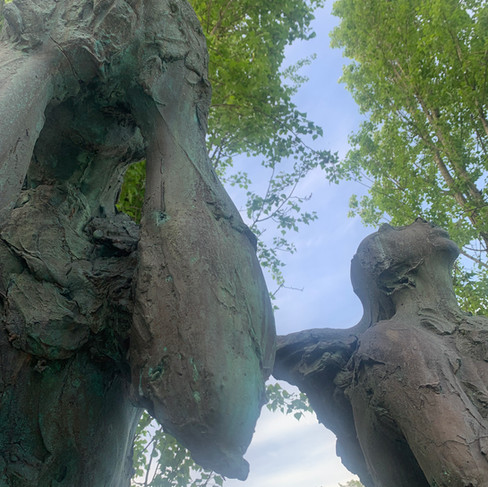












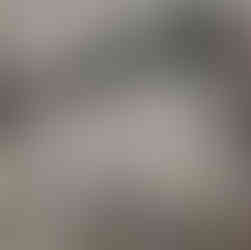



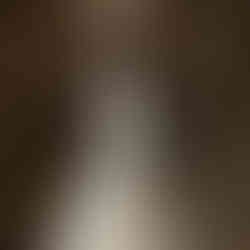

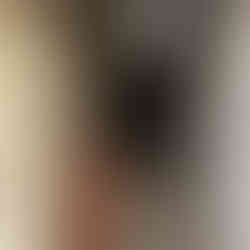





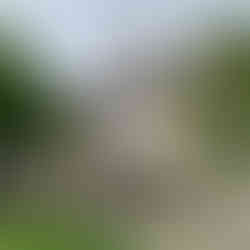



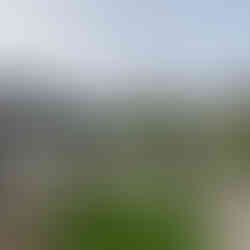

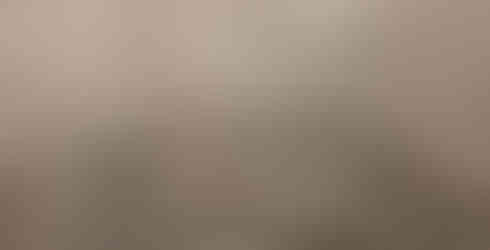

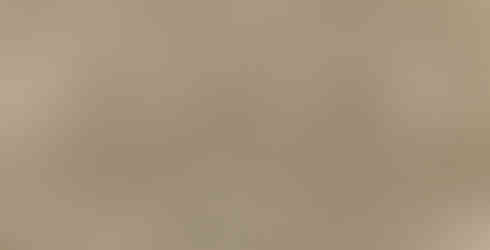


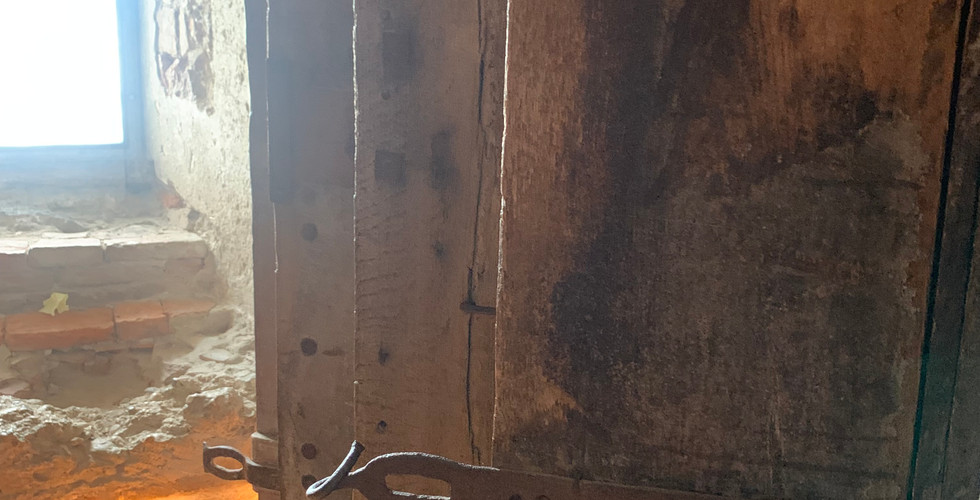


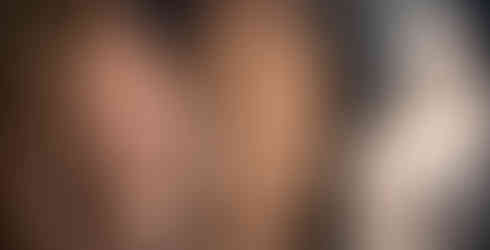


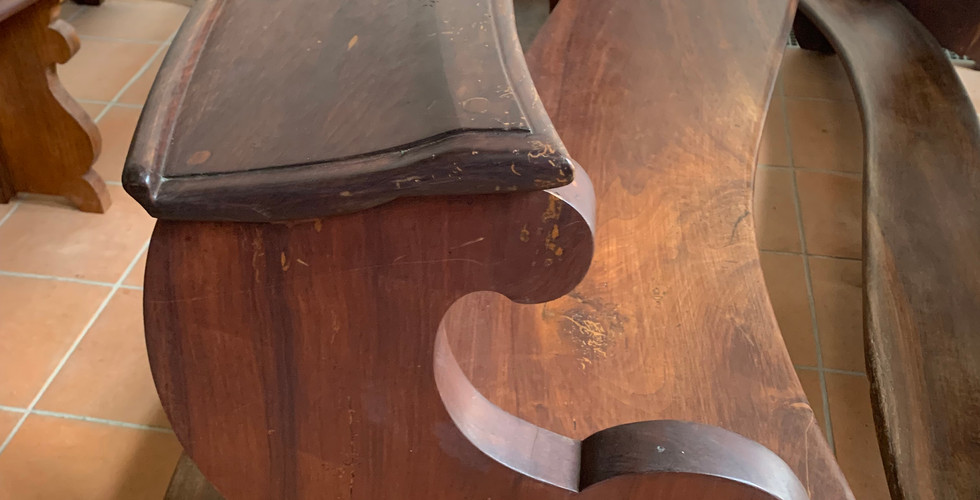




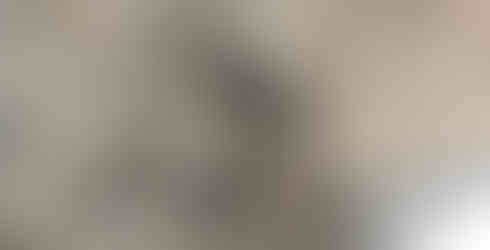




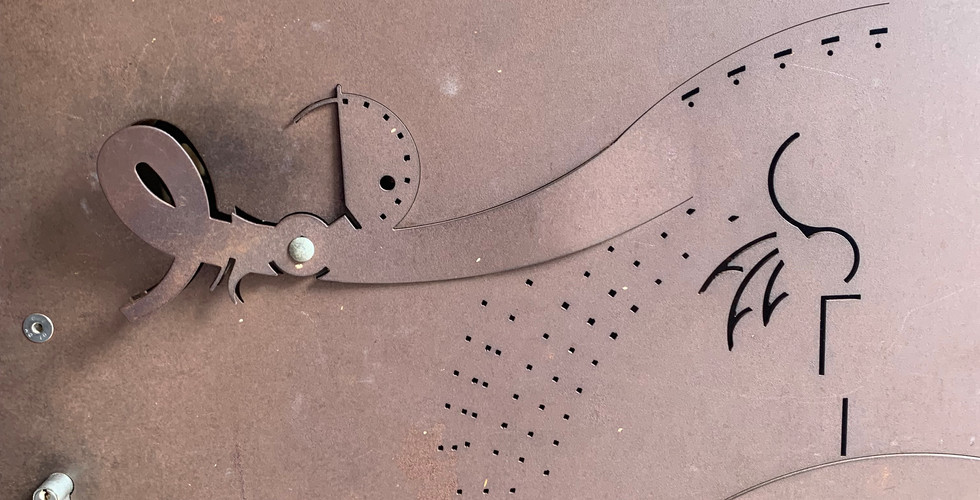







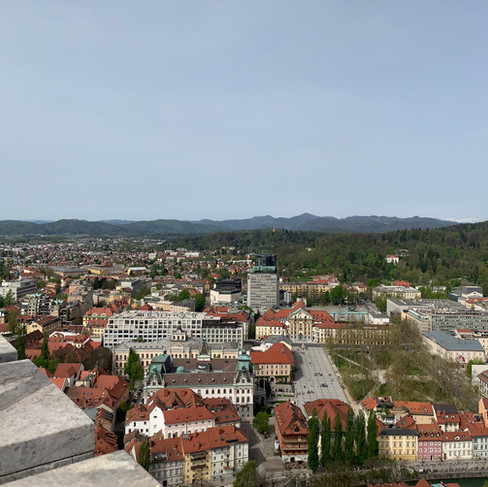





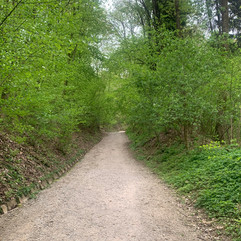


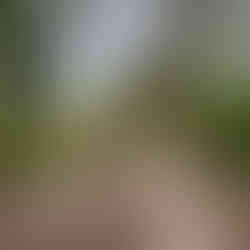


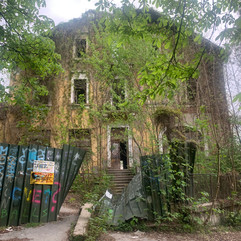
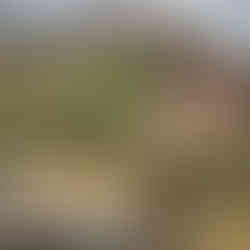


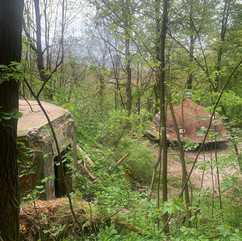



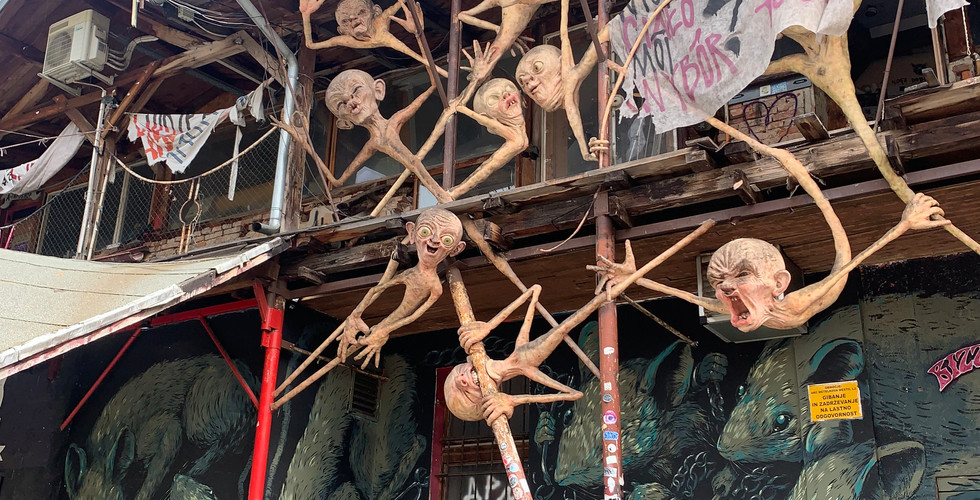
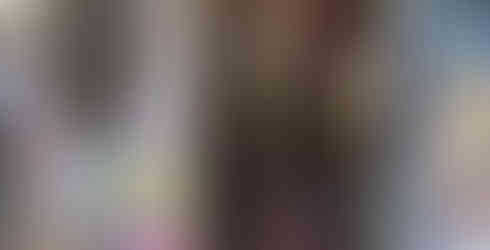

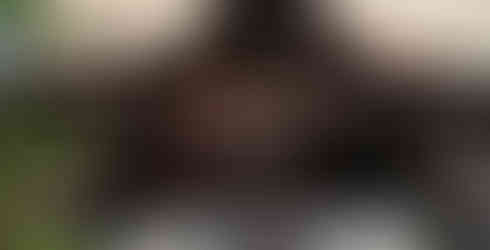

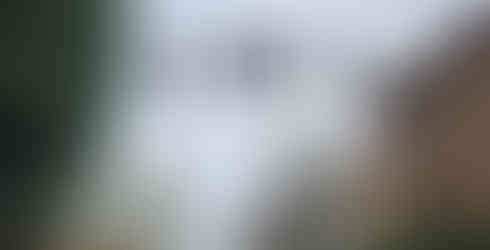


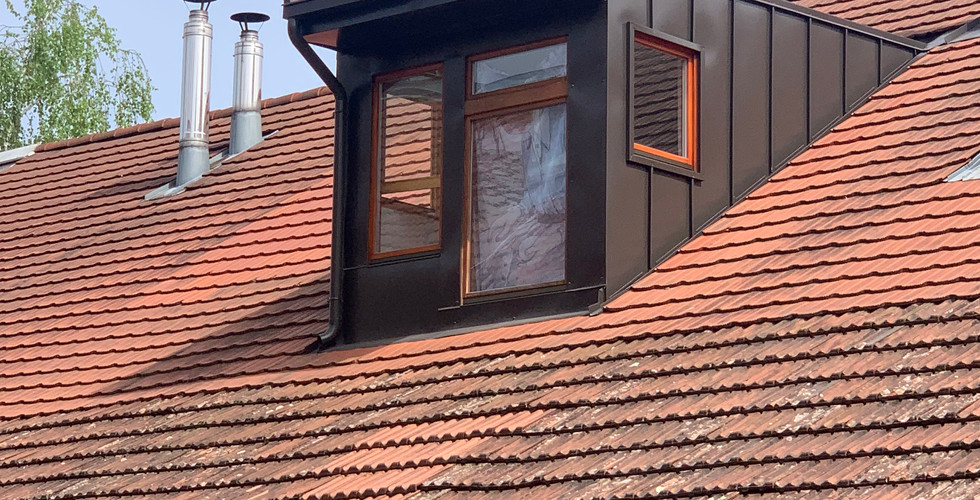


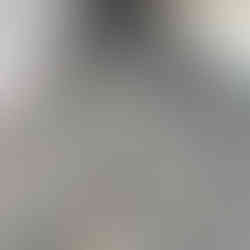













321